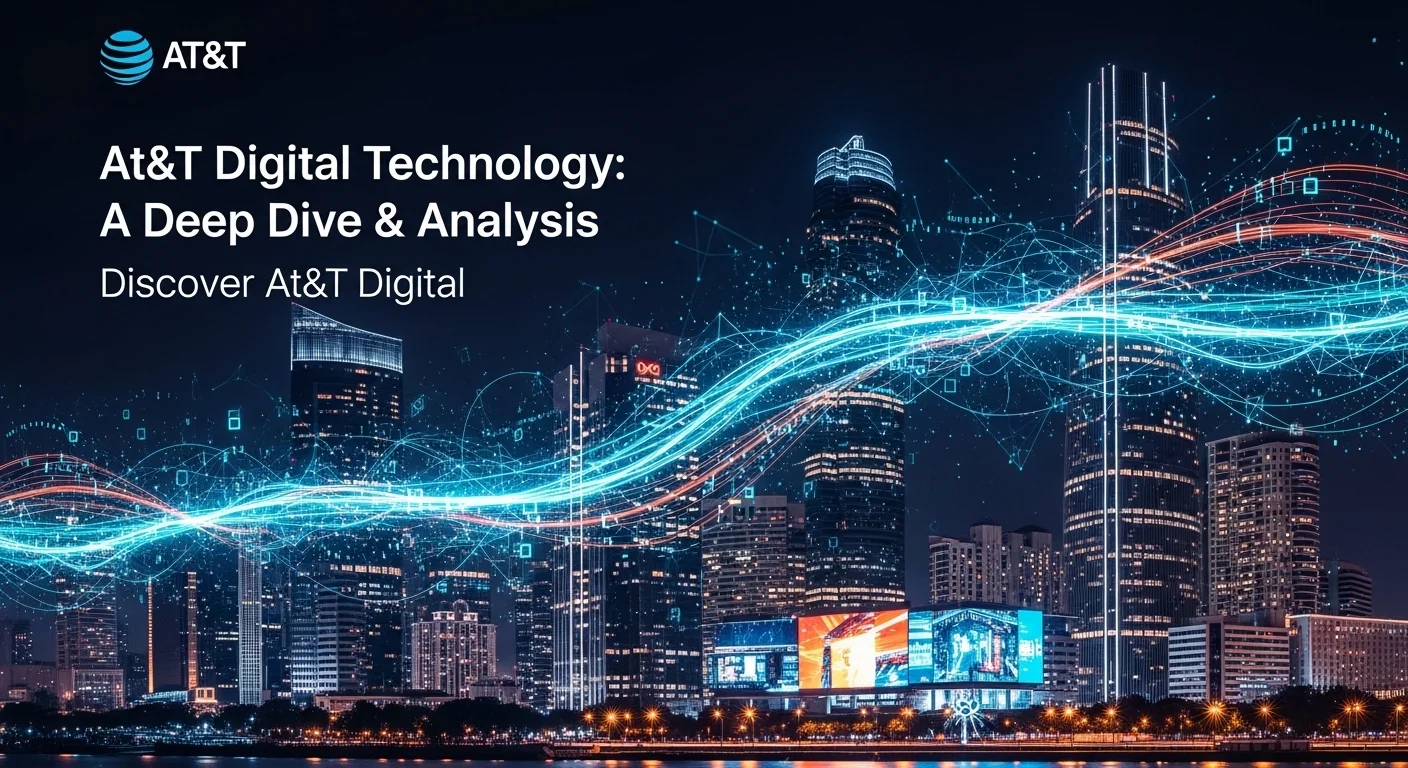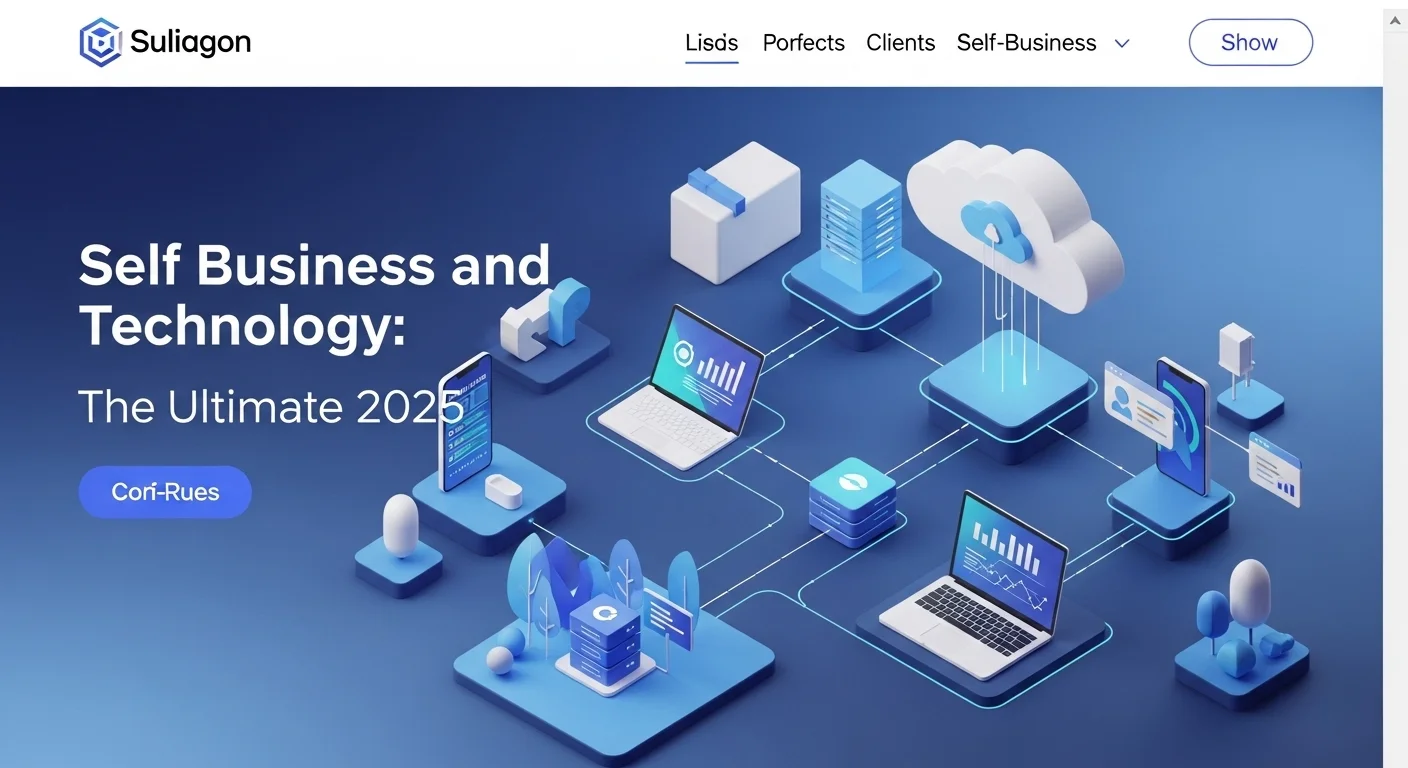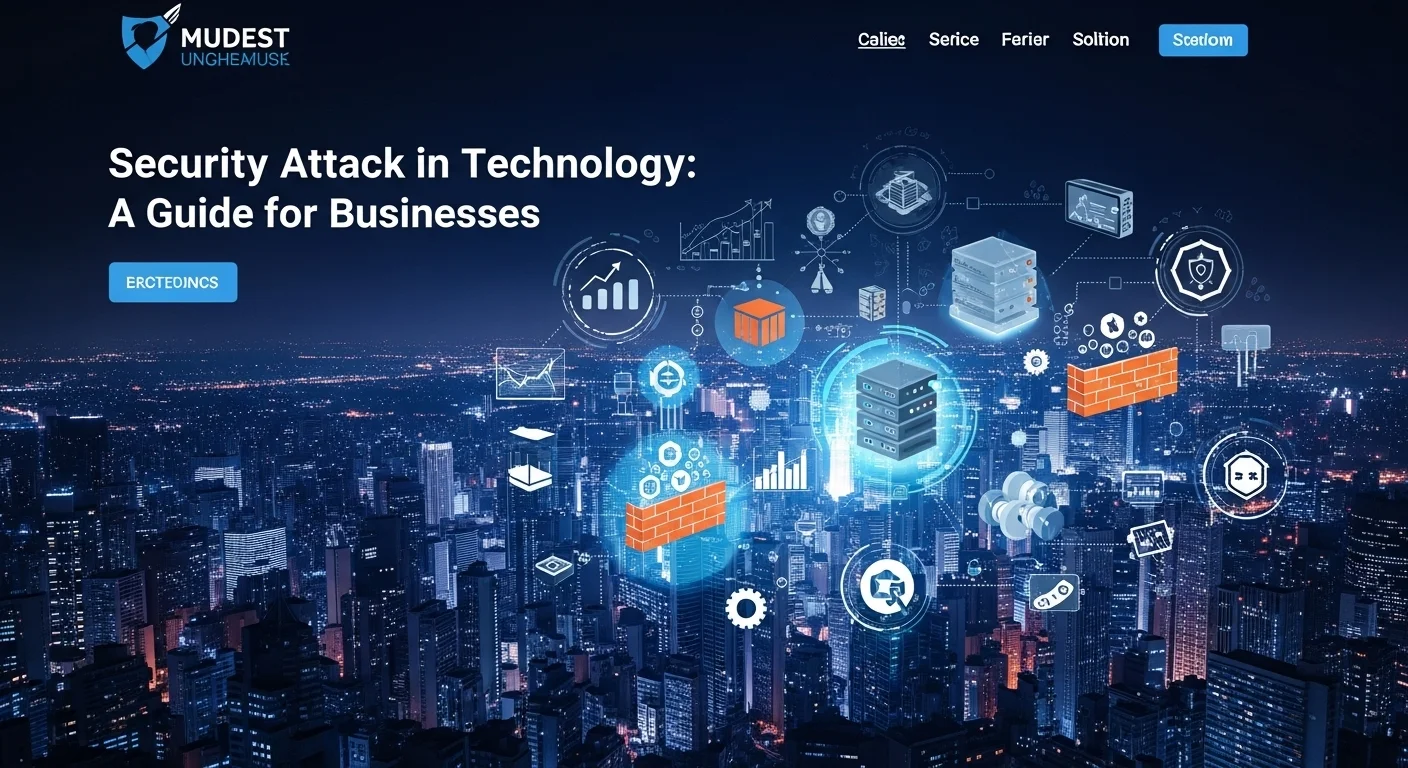What Really Happened to AT&T Digital Life? A Look Back at the Smart Home Pioneer

Executive Summary
Back in 2013, AT&T made a huge splash with its Digital Life service. As someone who's followed the smart home industry for years, I remember the buzz well—it felt like a glimpse into the future of connected living. But by 2022, the service was discontinued, with customers moved over to Brinks Home Security. This article isn't just a history lesson. We'll pull back the curtain on the impressive tech that powered it, explore why a giant like AT&T couldn't make it stick against the competition, and uncover the valuable lessons its journey offers for anyone navigating today's smart home world.
Table of Contents
What Exactly Was AT&T Digital Life?
In my years covering technology, few launches felt as ambitious as AT&T's Digital Life back in 2013. The name 'AT&T Digital' almost always refers to this specific venture. It wasn't just another product; it was a huge, strategic leap by a telecom giant into the smart home. Imagine a single, professionally installed system that combined home security with smart home gadgets. That was the dream they were selling. At a time when the smart home felt like a chaotic puzzle of different apps and incompatible devices, AT&T promised to put it all together for you. You could control your alarm, lights, thermostat, and door locks from one app on your phone. For many people, this was a powerful and appealing idea, and it showed that major corporations were finally taking the 'Internet of Things' (IoT) seriously in a way that directly impacted our homes.
The Technology That Powered It All
What made Digital Life tick was some pretty smart engineering. At the core of every installation was a central hub they called the Digital Life Controller. I always thought of it as the system's brain. This hub was clever because it didn't just rely on your home's Wi-Fi. It had its own built-in 3G cellular connection, which was a huge selling point for a security product. It meant that even if your internet went down or the power was cut (thanks to a 24-hour battery backup), the system could still call for help. That reliability was key. It also used Z-Wave, a popular language for smart home devices, allowing it to talk to things like smart locks and light switches. The whole operation was managed through the cloud, which allowed for all the cool remote-control features and instant alerts that made the system feel futuristic. This blend of reliable security and flexible automation was, at the time, quite advanced for a mainstream product.
The Business Strategy Behind Digital Life
From a business standpoint, AT&T's goal was clear: create a new reason for customers to stick with them. By bundling a complete home security and automation package with their phone and internet services, they hoped to build deeper relationships. The model was pretty standard for the security industry: you'd pay an upfront fee for the gear and professional installation, followed by a monthly subscription. They offered different tiers, from a basic 'Simple Security' package to a more advanced 'Smart Security' option that you could build on with cameras, energy-saving tools, and more. A key part of the service was the professional monitoring. The AT&T Digital Life alarm system wasn't just a loud siren; it was connected 24/7 to their own monitoring centers. This meant real people were ready to dispatch police or the fire department, providing a level of peace of mind that DIY systems couldn't match. They even made it so you didn't have to be an AT&T phone or internet customer to sign up, which opened up their market considerably.
Why Its Story Still Matters Today
The launch of Digital Life, along with similar services from other cable companies, really kickstarted the mainstream smart home market. It pushed traditional security companies to innovate and created a new standard for what a connected home could be. However, its journey also highlights just how tough this market is. The cost to acquire and support customers is high. AT&T also found itself competing with a new wave of nimble DIY companies like Ring and SimpliSafe, which offered lower costs, no contracts, and easy self-installation. While a feature like the AT&T Digital Life keychain remote was handy for arming the system quickly, the overall cost and two-year commitment became a tough sell for many. Ultimately, AT&T decided to get out of the game in 2022, shifting its focus back to its core business. The story of its robust AT&T Digital Life security offering is a fascinating case study. It proves that even with great technology and a huge brand name, success isn't guaranteed, and it offers valuable lessons about market competition and long-term business strategy that are still incredibly relevant today.

A Closer Look at the System and Its Place in the Market
To really understand the AT&T Digital Life platform, you have to look at how all the pieces worked together. Technically, it was a closed, reliable ecosystem. The main hub's cellular connection was its ace in the hole, ensuring the security system was always online, something professional security companies insist on. This bypassed the risk of a burglar simply cutting the internet line. The system used a whole suite of sensors: contacts for doors and windows, motion detectors, glass-break sensors, and detectors for smoke and carbon monoxide. Together, these formed the backbone of the AT&T Digital Life alarm system, offering layers of protection for a home.
Where it really shone, for me, was in the automation. By using Z-Wave, it could connect to a growing list of third-party gadgets. You could have your Kwikset smart lock automatically secure itself when you left the house or have your thermostat adjust itself based on your schedule. All of this was controlled through a single, well-designed mobile app or web portal. I remember being impressed by the ability to create 'programs'—for example, a 'Goodnight' scene that would lock the doors, arm the security system, and dim the lights with one tap. For quick actions, the little AT&T Digital Life keychain remote was perfect for arming or disarming the system without pulling out your phone. This combination of powerful software control and simple physical shortcuts made for a great user experience.
In the marketplace, AT&T's business strategy was to use its powerful brand and retail stores to its advantage. You could walk into an AT&T store and see a demo, which gave them a level of trust that new online companies lacked. The two-year contract was a standard practice to offset the cost of the professional installation, but it also became a point of friction as the market changed. Their pricing was tiered, so you could start with a basic AT&T Digital Life home security package and add more features, but the costs could add up quickly. This positioned them in a tricky middle ground. They were more modern than traditional security companies like ADT at the time, but more expensive and less flexible than the new DIY players like SimpliSafe. They were aiming for a customer who wanted a powerful, professionally installed system without any hassle.
A huge part of their value proposition was the AT&T Digital Life monitoring center. AT&T built and ran its own certified monitoring stations in the U.S., which was a massive investment. It meant they had total control over the quality of their emergency response. When an alarm went off, their professionals would verify it and contact the authorities. This professional oversight was the core of the AT&T Digital Life security promise. In the end, the market split. Some customers stuck with trusted security brands, while a growing number flocked to the low-cost, no-contract DIY model. AT&T found itself squeezed in the middle, and despite its resources, the company made the strategic choice to exit the market. Its story is a classic business school case study on the challenges of competing outside your core industry.

Lessons We Can All Learn from AT&T Digital Life
Even though you can't buy AT&T Digital Life anymore, its story is packed with valuable lessons for anyone using or building smart technology today. Looking back at its rise and fall offers a clear roadmap for what works and what doesn't in our connected world.
First, it showed the power of a unified system. The best part of Digital Life was having everything in one app. To get that experience today, build your smart home around a central platform like Amazon Alexa, Google Home, or Apple HomeKit. This prevents the headache of juggling a dozen different apps and allows you to create powerful automation routines, just like the old Digital Life system did. For instance, you can set up a routine where locking your door triggers your lights to turn off and your security system to arm.
Second, cybersecurity is not optional. The AT&T platform was built with security in mind, using secure logins and an encrypted cellular link for alarms. This is a critical lesson. For your own smart home, that means using strong, unique passwords for every device, turning on two-factor authentication (2FA), and always keeping your software updated. Think of your Wi-Fi network as the front door to your digital life; lock it down with a strong password. The fact that the AT&T Digital Life security system had a cellular backup also teaches us about resilience. For anything critical, like security, having a backup plan is always a smart move.
Another key takeaway is the value of professional support. While doing it yourself is great for some things, the peace of mind that came from the AT&T Digital Life monitoring center is hard to replace. When choosing a modern security system, look closely at the quality of their professional monitoring service. Are they available 24/7? Do they have a good reputation? The simplicity of tools like the AT&T Digital Life keychain remote also reminds us that technology should be easy to use. A system that's too complicated won't be used correctly, defeating its purpose.
Finally, the end of Digital Life is a stark reminder to bet on technologies with a future. When you're investing in a smart home ecosystem, consider the company's long-term commitment and whether they use open standards. Systems built on open protocols like Z-Wave, Zigbee, and the new Matter standard are more future-proof. They're more likely to work with new devices down the road, even if the original company changes direction. The legacy of the AT&T Digital Life home security system isn't just a story about a discontinued product; it's a collection of timeless lessons for building a smarter, safer, and more sustainable connected life.
Expert Reviews & Testimonials
Sarah Johnson, Business Owner ⭐⭐⭐
This was a good overview of AT&T Digital, but as a business owner, I was hoping for more concrete examples of how these lessons apply to my own company.
Mike Chen, IT Consultant ⭐⭐⭐⭐
A solid article on the Digital Life story. It really helped me connect the dots, though a few of the technical bits could have been broken down a little more simply.
Emma Davis, Tech Expert ⭐⭐⭐⭐⭐
Fantastic read! As someone who works in tech, I found this analysis of AT&T Digital's journey super comprehensive and insightful. It clarified a lot for me.



